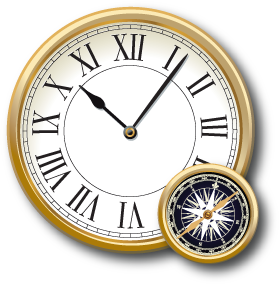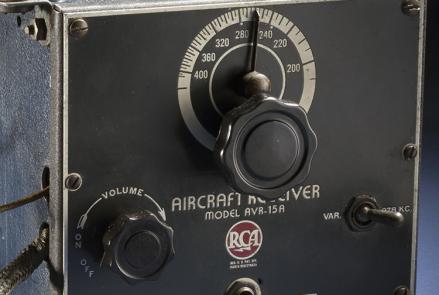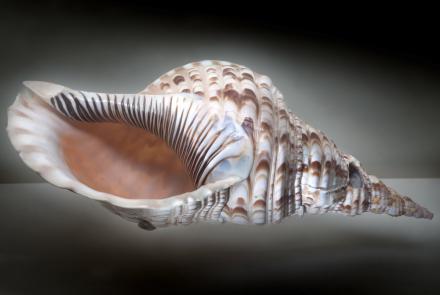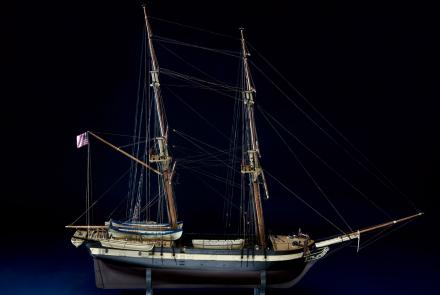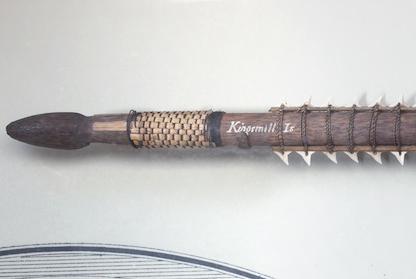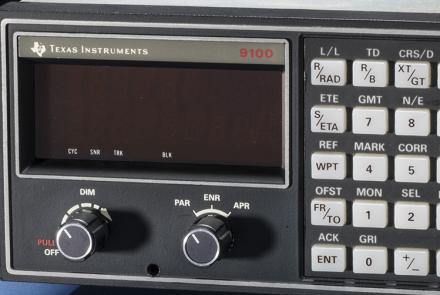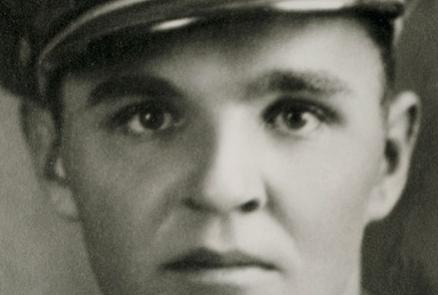Multimedia Gallery
- Navigation Methods: Dead Reckoning
This is a typical radio range receiver used in the late 1930s on private airplanes.
The Ryan NYP Spirit of St. Louis, flown by Charles Lindbergh on his 1927 Atlantic crossing, is one of the Museum’s most treasured artifacts.
One of six ships of the U.S. Exploring Expedition, the Porpoise sailed around the world between 1838 and 1842.
Snakes, South America (Callirhinus patagoniensis, Dendrophis prasinus)
This sword made from shark teeth was collected by the U.S. Exploring Expedition in the Gilbert Islands.
The certification set for the first-general aviation LORAN-C receiver.
Josiah Perkins Creesy, Jr. commanded the ship, and, uncommon for the time, his wife Eleanor navigated. As a child in Massachusetts, she had learned navigation skills from her seafaring father.
This map depicts their route and includes eyewitness accounts from crew members who had to navigate through unfamiliar seas and lands.
Army Air Corps navigation engineer


